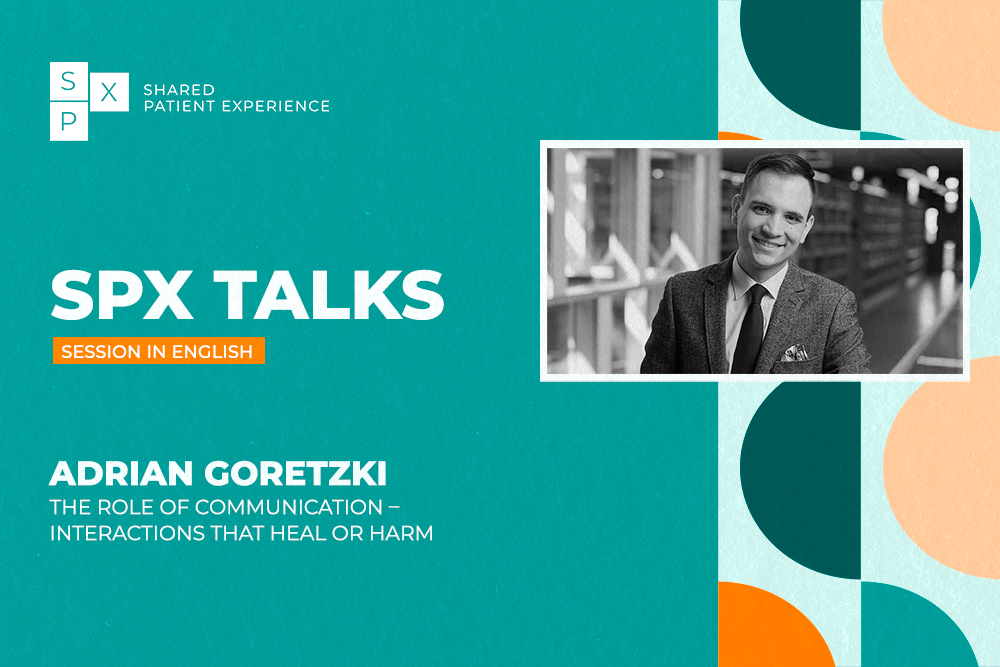
The PIEEX-Clínic model. How participation, information, therapeutic education and patient experience come together in the real world
This article aims to describe the path taken by the Hospital Clínic of Barcelona in its attempt to merge information, therapeutic education, patient experience and participation, and to show how they fit together in the real world, with the PIEEX-Clínic model.
The concept of value as a criterion for evaluating the quality of care is a paradigm shift. Value is closely linked to the person who receives the service. This is why a quality service, in addition to being safe and efficient, must meet people’s needs.
There is no single definition of person-centred care, but putting the person at the centre means progressively moving away from the paternalistic model of care to get as close as possible to a deliberative care model.
For a few years now, there has been a growing interest in learning about patient experience, both to identify unmet needs and to assess the impact of the improvements implemented in care services. All this is not applicable without a deliberative model that allows the active participation of all those involved. Information, education, patient experience and participation are facets of the same polyhedron. Each of these areas in the real world are closely related. The real world unfolds at the intersections of these domains with varying weight of each depending on context and clinical circumstances.
This intersection has been defined in the real world by the Hospital Clínic as the PIEEX-Clínic Model (Participation, Information, Education and Patient Experience). This conceptual framework aims to describe the process that has been followed at the Hospital Clínic in order to improve quality through the evaluation of the patient experience.
The starting point was the analysis of the quality of the information through a survey. From here, a therapeutic education methodology course was designed and, in parallel, work was done on the adaptation of tools for measuring patient experience. Then, the Patient Experience evaluation programme was consolidated through the creation of the Patient Experience Forum (PEF) (living lab).
Patient-centred care (PCC): a paradigm shift
PCC may be a sort of umbrella term or generic term used systematically to create a conceptual framework, but without the definition necessarily being shared. We use a lot of these terms but it remains unclear whether all their users share the same meaning: empowerment, empathy, humanisation, etc.
Epstein points out that patient-centred care is an important conceptual shift because it puts the person at the centre. This transformation is particularly important when it comes to care for people with chronic illnesses.
When it comes to quality, PCC seems to be a direct result of the rise of the conceptual framework of value (Porter) as a synthesis of the quality of a healthcare service. A service is of quality if it adds value from the perspective of the one who receives it, not from who provides it. This is why PCCs lead rapidly to the idea of personalisation. The idea is to find balance in this personalisation, and it can be understood for example as “groups of patients with common needs”.
“One size fits all doesn’t work”
It is evident that “one size fits all doesn’t work”, but it is not easy to incorporate patient preferences into clinical practice manuals. PCC is linked to two basic elements: information and therapeutic education. It is not about telling patients what to do, but rather giving them the knowledge, skills, support and tools to consciously change their habits in relation to health.
The starting point is precisely the reflection on links or relationships between these four areas:
- Information is where it all starts. Without quality information, it is difficult to move forward.
- Therapeutic education must give people with chronic illnesses the tools they need to manage their illness.
- Patient experience is essential to identifying unmet needs.
- Participation is key for giving everyone a voice and guaranteeing improvement.
The PIEEX model : the “academic” vision vs “the real world”
Models are the way to bring together diverse pieces of knowledge and multiple perspectives and to permit the scalability and reproducibility of proposals. This is why the Hospital Clínic has made a “pyramid-type” graph summarising the characteristics of the elements that make up the PIEEX-Clínic model.
It is evident that the real world does not work like a pyramid and that the shift from one sphere to another cannot be described in stages. The real world is more complex and the relationships between domains are more interdependent. But when we approach a healthcare problem with greater or lesser intensity it is important to understand information, education, patient experience and participation.
Therefore, the PIEXX-Clínic methodology has also been designed in a real context and could be summarised like this:
- Analyse what kind of information is available to patients (and caregivers) by the organisation.
- This analysis can be used to detect unmet basic needs.
- It is therefore essential to acquire tools for identifying needs and specifically assessing the impact of the actions on patient experience.
- How organisations choose to assess the patient experience is also critical.
- The assessment of patient experience must be focused on action and, therefore, is indistinguishable from the assessment of outcomes. Patient experience must be assessed by transdisciplinary teams, but the clinical perspective is crucial.
- The participation of all parties involved is an indispensable element both for ideological reasons and practical reasons.
This methodology was modelled in a graph with a column of activities surrounding the patient experience, materialising in improving service, training and the promotion of shared decision making.
At its base, we find evaluation and research. Finally, four elements complete these activities: communication, strategies to improve participation, the acquisition of various methodologies, and the skills and knowledge needed to use and evaluate measurement tools such as surveys.
Citation: Escarrabill J, Jansà M, Vilardell J i Gresle AS (2021) El model PIEEX-Clínic. De quina manera s’integren la participació, la informació, l’educació terapèuti-ca estructurada i l’experiència de pacients en el món real. XPA & Health Com. 4



